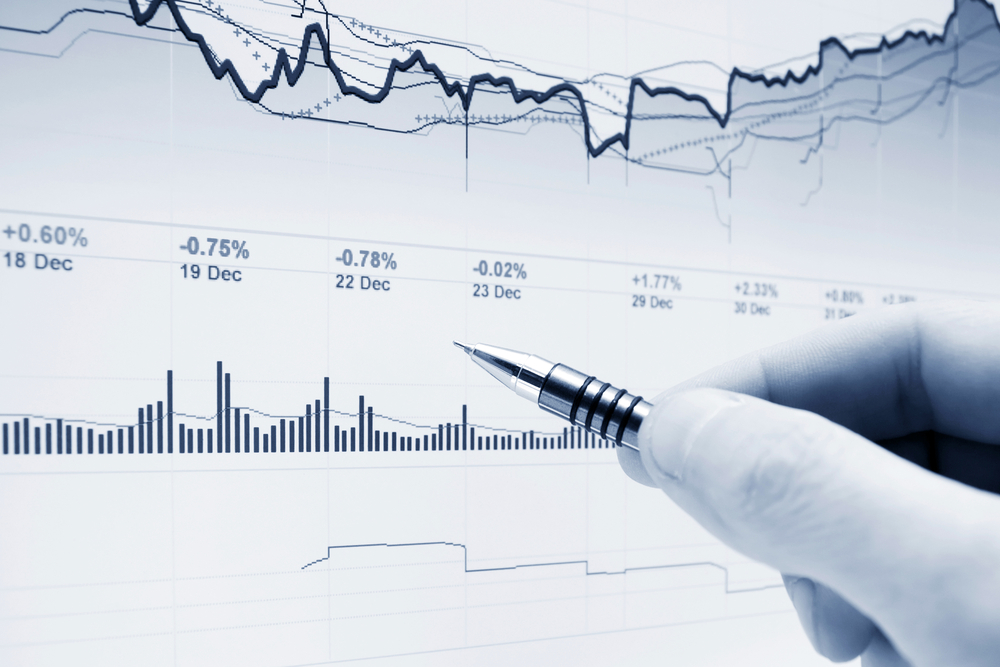Business intelligence dashboards have been a mainstay of the enterprise for a while now. And there’s a good reason for this—dashboards have helped centralize key information for employees, which has taken a lot of friction out of workflows.
Despite the name and focus of this article, it’s only fair to note some of the ways dashboards have massively improved organizations. By feeding employees essential data analytics visualizations, as well as keeping project information in one place, there’s no question dashboards have improved business operations.
However, just because something was an improvement over the past doesn’t mean it’s the end goal. This is where things stand today with many enterprises. They’re at a crossroads between holding onto the was dashboards have been implemented in the past and looking toward more effective uses. Let’s consider what it means to reimagine the BI dashboard.
Why Dashboards Need to Be Reimagined
Although BI dashboards have served their purpose for years, many are now realizing it’s time to start moving past them toward more evolved forms. To understand the reasoning behind this, you have to look at some of the new BI technologies that are allowing uses to do totally new things.
Previously, business intelligence was much more rigid by necessity. Regular employees had to send off all queries to the analytics department and wait days or weeks for a report to be sent back. Furthermore, dashboards were typically set up by a manager or someone on the data team based on clear usage needs, and then pretty much just left that way until there was an obvious need for a change. Although it might not be entirely obvious right away, there are some important reasons why it’s time to reimagine the BI dashboard:
- Static dashboards don’t foster engagement or curiosity. They’re overly hierarchical as opposed to collaborative. This not only stymies what can be accomplished by the individual, it also kills their curiosity.
- Having to send the majority of data queries off to an analyst means workflows are less efficient across the board. The person needing the report has to wait around for it; and the analyst has to take time away from more pressing work to put together something below their paygrade.
- The old way of doing BI dashboards just didn’t provide enough flexibility or fluid communication to facilitate the deeper needs of enterprises.
Moving Past Dashboards
Now that you have a better understanding of some of the shortcomings of traditional BI dashboards, it’s time to think about what it really means to move past this era and into a new one. These are a few concepts that are helping enterprises create far more effective workflows for their employees—and thus fostering better outcomes:
- Unlimited Drill Downs – Thanks to advanced analytics that harness the power of artificial intelligence and other technologies, BI tools are simply able to do more now than they could in the past. One of the great new features is the ability to drill down into visualizations or other reports to get a more granular understanding of the information. Being able to do this automatically as needed massively saves time, while also helping people find exactly what they need to make better decisions.
- Search-Driven Analytics – One of the most intriguing new tools associated with the movement past traditional BI dashboards is search-driven analytics. This functions much like a search engine, where users can simply type in requests and immediately receive the result. As already mentioned, this kind of technology can go a long way in saving time, and also decreasing the amount of work required to go from question to action.
- Embedded Analytics – There are all kinds of useful forms of analytics; but it can be difficult to have all them in one place. Embedded analytics solves this by allowing you to take visualizations and other reporting tools and placing them where it makes most sense. This vastly limits the amount of switching between tools and searching for information required by users.
While the traditional BI dashboard framework has served its purpose, it’s now time to move onto greener pastures. Consider how these concepts can help you and your organization reimagine the BI dashboard.

